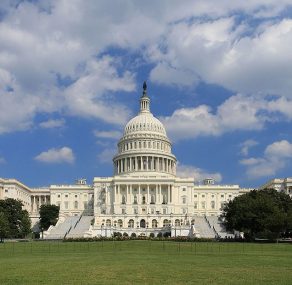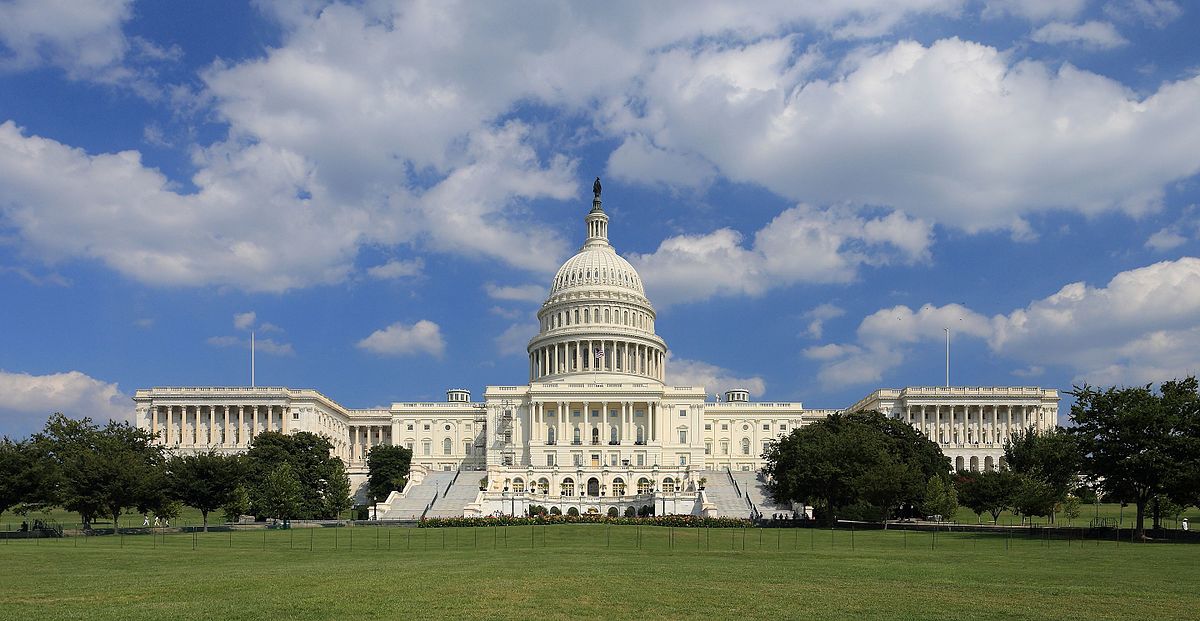The Fate of USPS Retiree Health Benefits Funds

There is a strong notion that the U.S Postal Service will go bankrupt and be short of funds to pay for retiree’s healthcare by 2030 if Congress does not do something to modify its funding shortfall. According to the report given by the Government Accountability Officer on Oct 1, if the U.S Postal Service fails to make payments to the fund, things might get ugly for them.
As of last year, the agency was already $38.2 billion short of the fund’s payments expected from them claiming that they are in a weak financial outlook which has made filing for the funds harder and unaffordable. The situation is not likely to get any better. For over ten years, the agency has been experiencing high running costs which have left them in a tight budget even after their endless efforts to cut down the costs and increase their revenue.
Even in a case of bankruptcy, the agency will be required to make payments to cater for health benefits premiums for postal retires although the law does not hint on what will happen if they fail to do so. There is no doubt that the situation will affect the retirees, customers and USPS’s stakeholders among them being the federal government. Currently, approximately 500,000 postal retirees receive the health benefits, and the agency is expected to retain this number for the next seven years.
Sadly, even if USPS decides to add a billion dollar of funds each year, the money’s lifespan will only increase by a few years, and if they chose to add 2 billion dollars, it would only last until 2035. Congress has tried to solve this issue by depleting the retiree funds via bipartisan legislation, whereby the retirees will have to enroll in Medicare alongside other essential benefits. The goal is to provide financial relief to the agency, but the idea has been welcomed with mixed reactions from different participants with some claiming that the proposal will balance the budget on the backs of the federal employees.
However, that is not the end for them as GAO provided them with seven more options to help them deal with the situation which are;
– Once they are short of funds, Congress could offer the agency with additional appropriations with the aim of increasing the deficit which would lead to inconsistency with USPS’s financial status as a self-financing agency.
– The agency can employ new workers who will be ineligible for the retiree health benefits. In this case, the goal is to reduce eligibility this allowing them to minimize the obligated payments.
The agency could ask the retired and current workers to pay a high amount of premiums to help them raise more funds than before.
– The health benefits contribution structure could be changed to be more defined and fixed amount subsidy which will allow them to subsidize their payment at any time rather than dealing with actual costs.
– They can come up with a non-federal voluntary employees’ beneficiary association (VEBA) with a governing board whose aim is to determine the benefits the retirees and current workers can get through the treasury or from the Retiree Health Benefits Fund
They can opt for outside investment to help increase return on investment, but this could also increase the risk for losses in a stock market downturn.
The bottom line however is, the Congress should pass a bill that allows for a change in the USPS retiree health benefits system to something that will raise the agency’s stability and place them in a better funds position.







